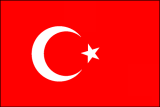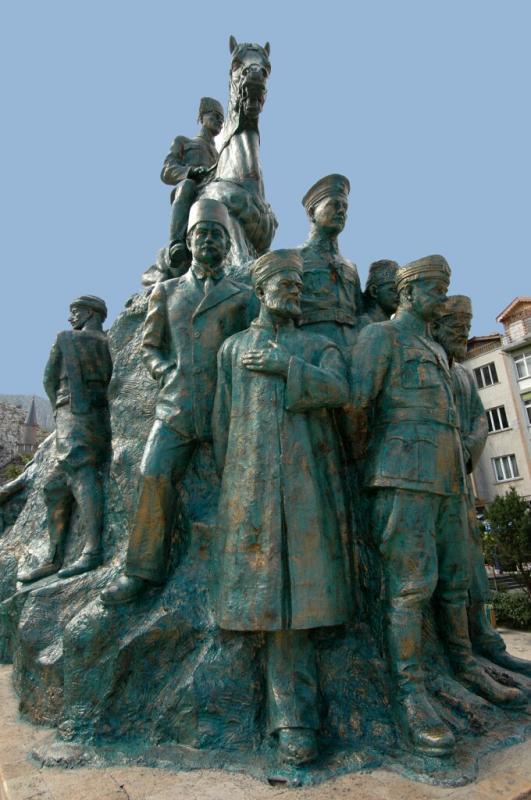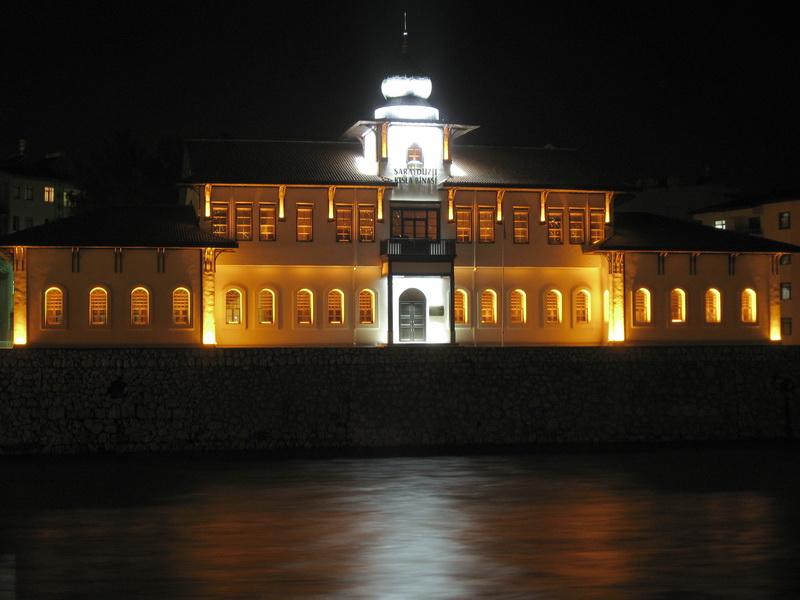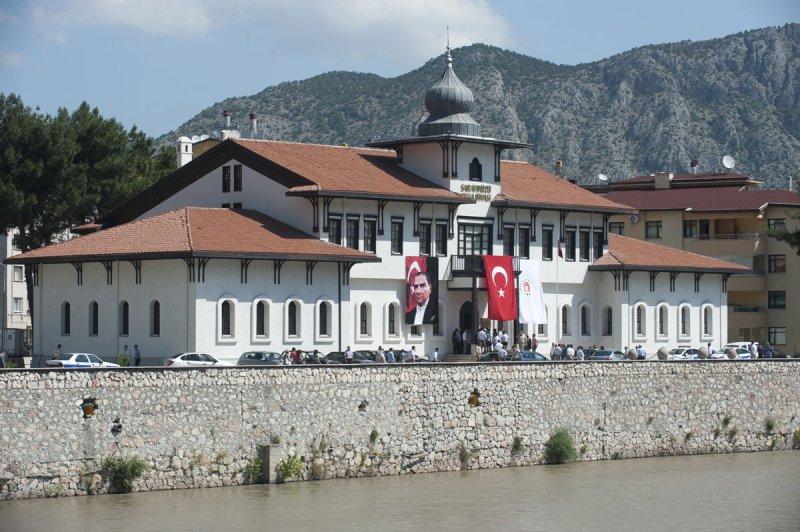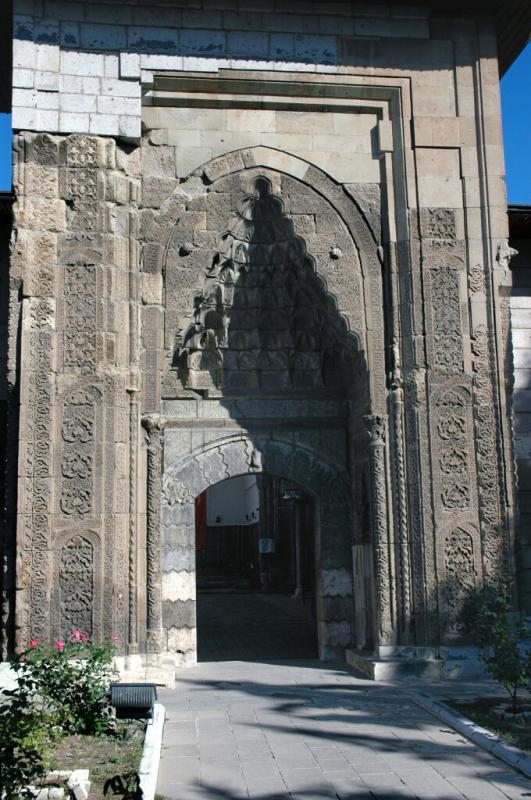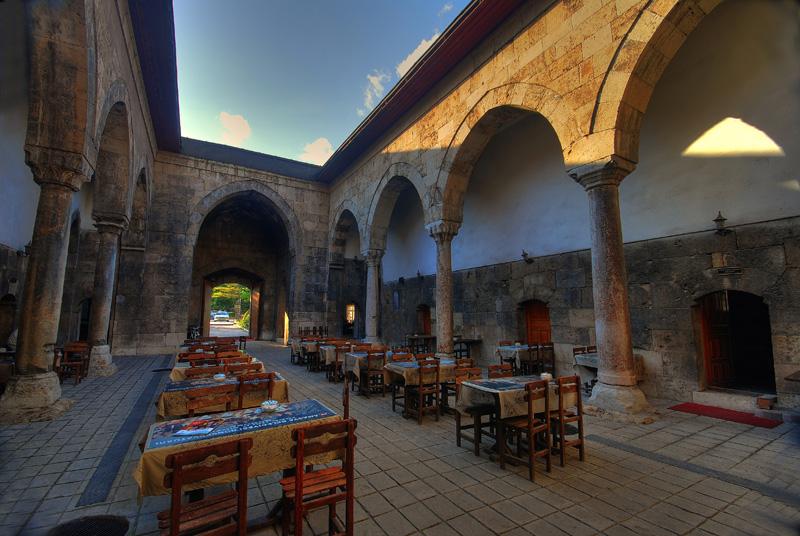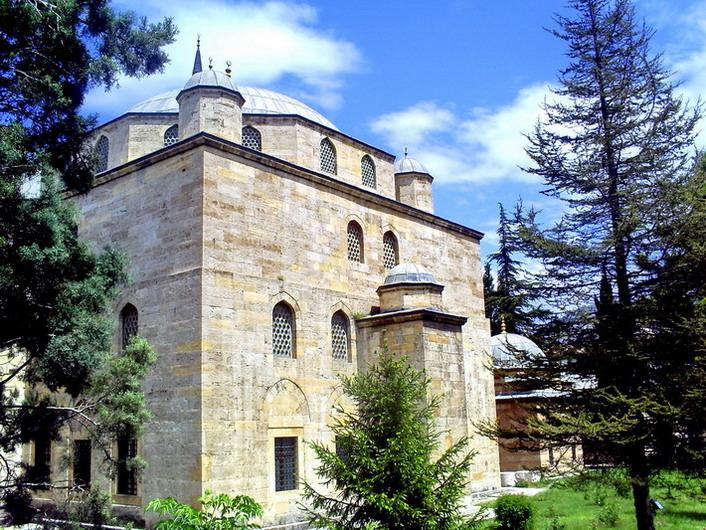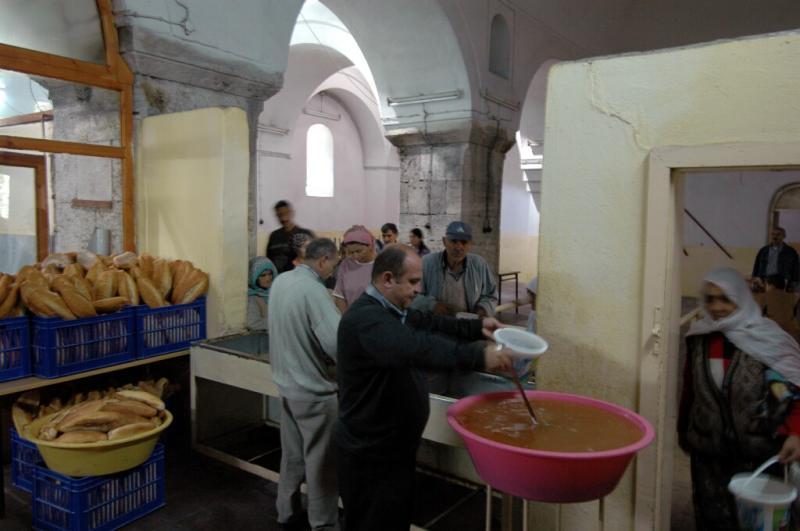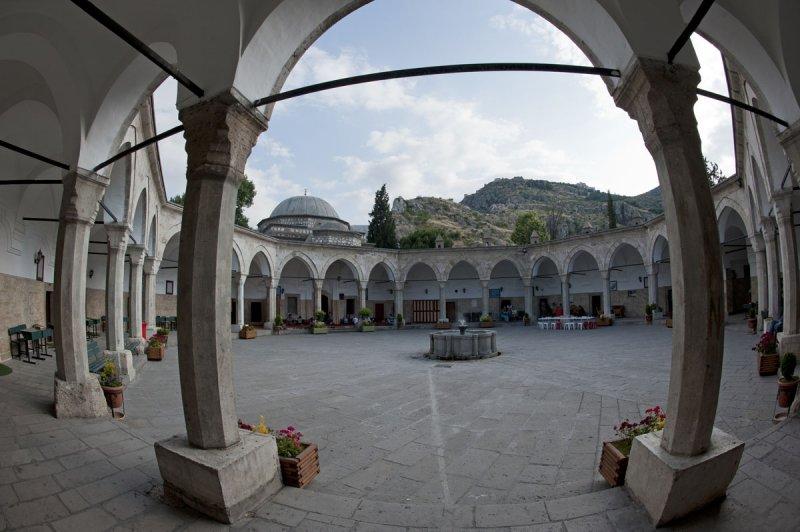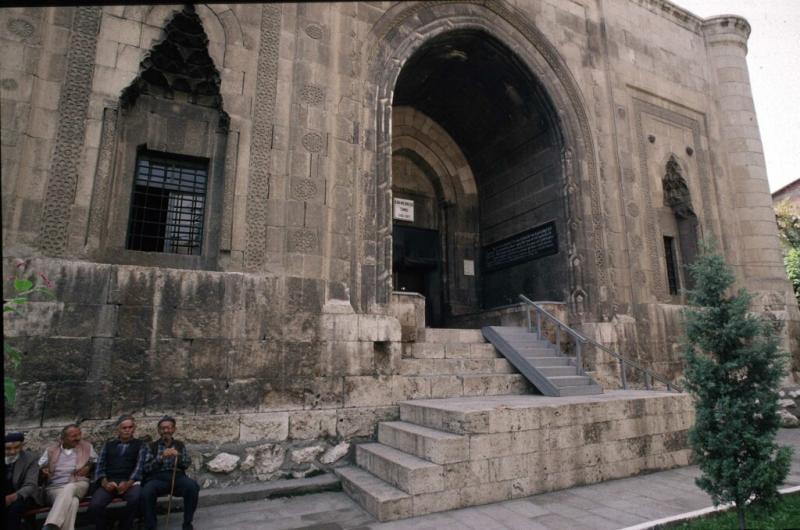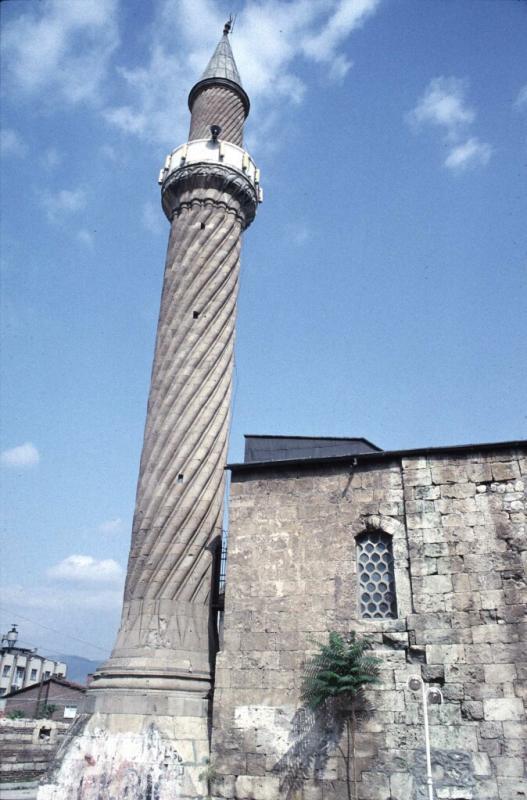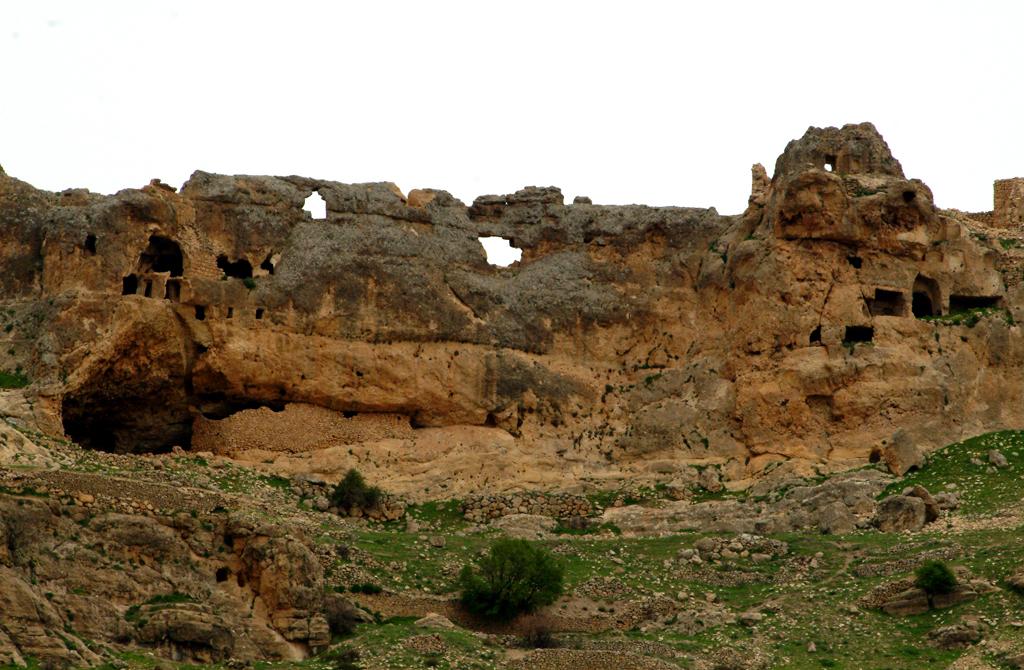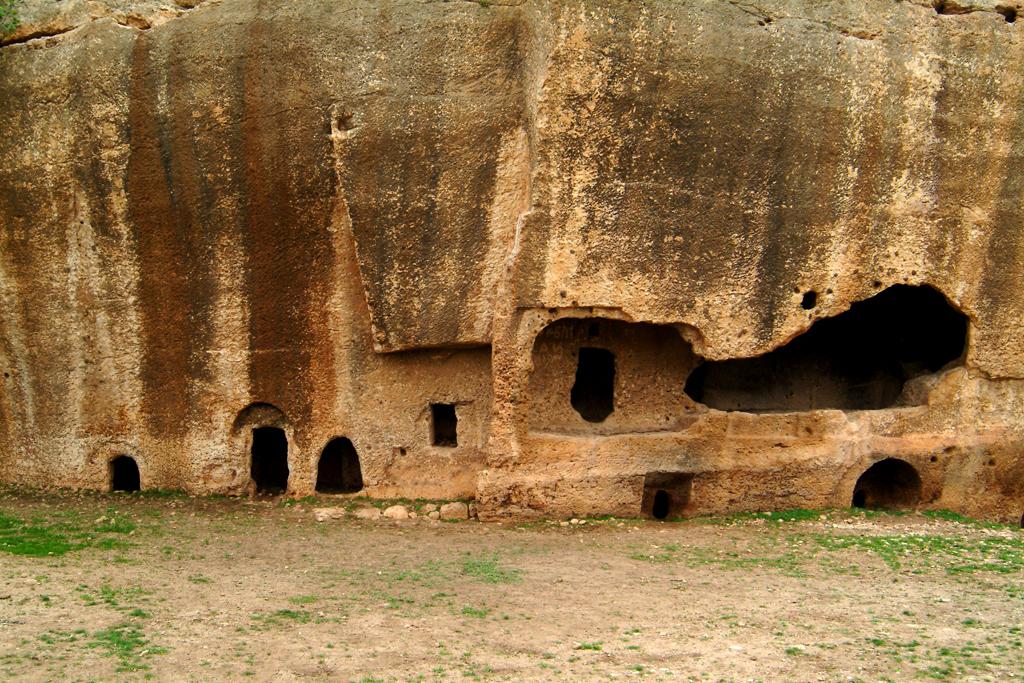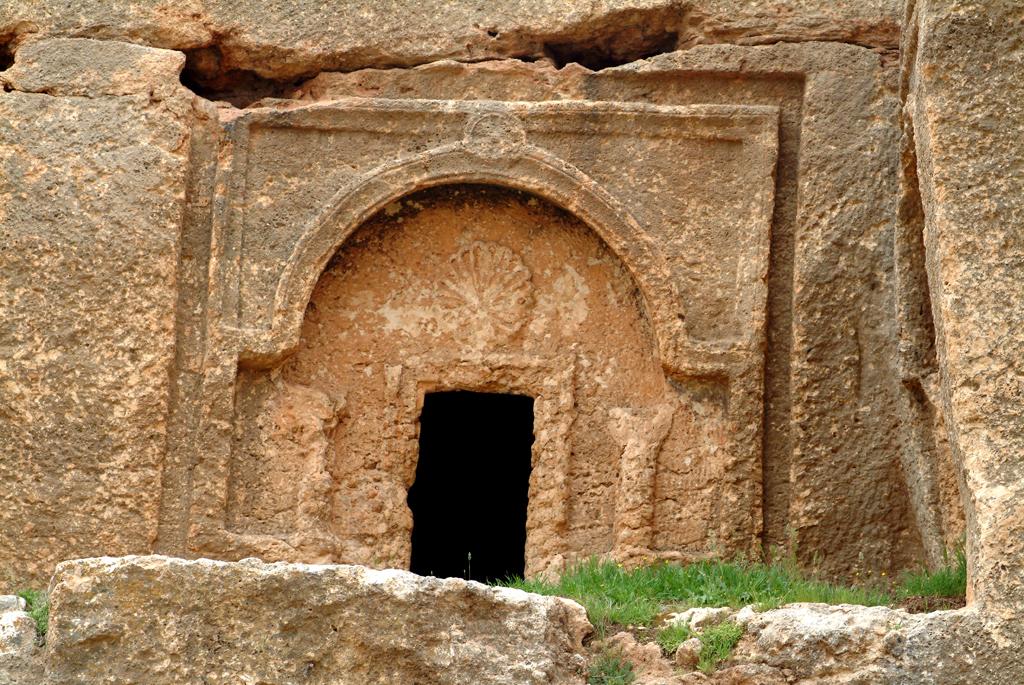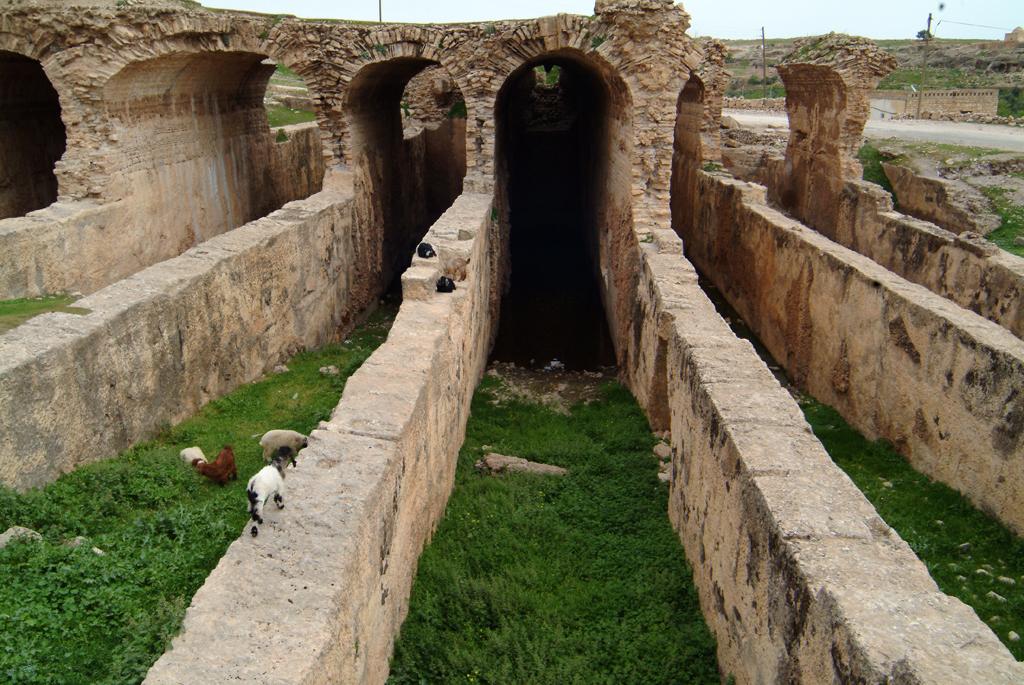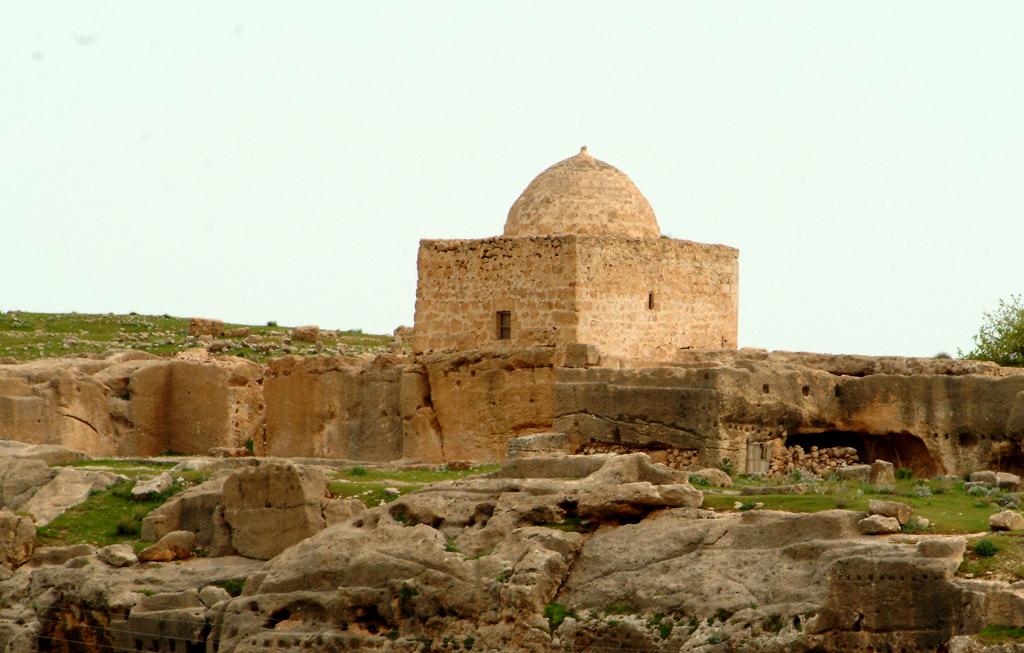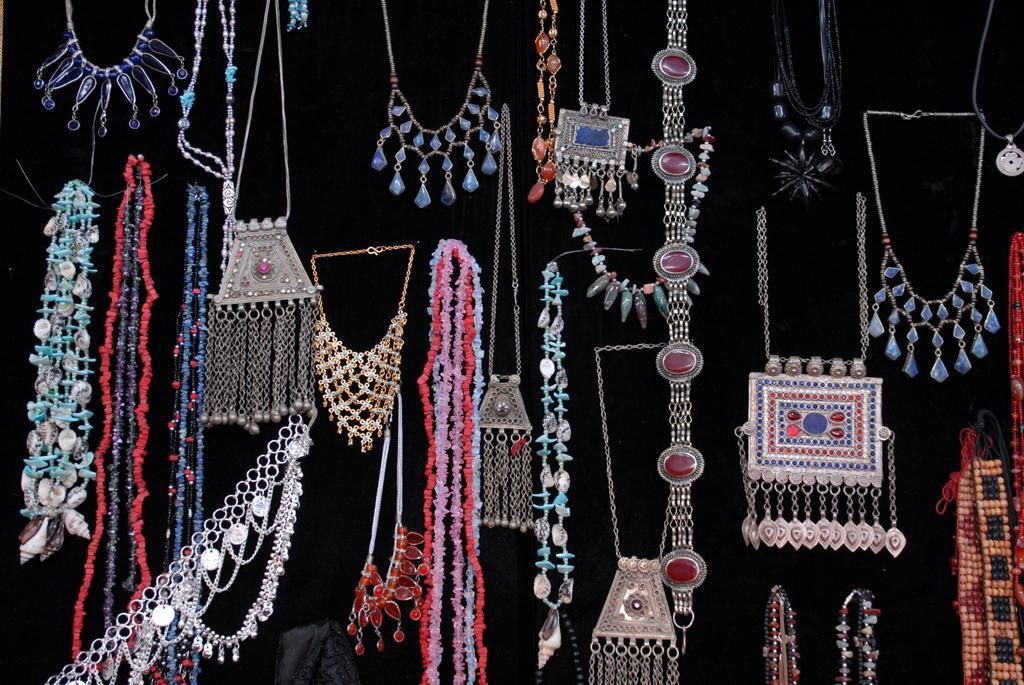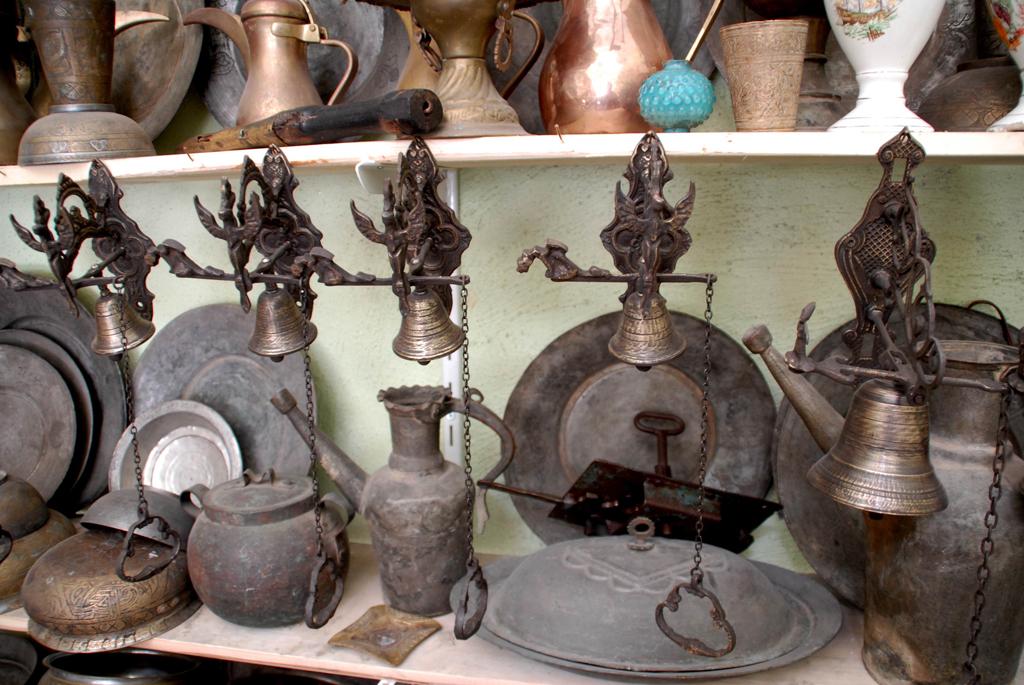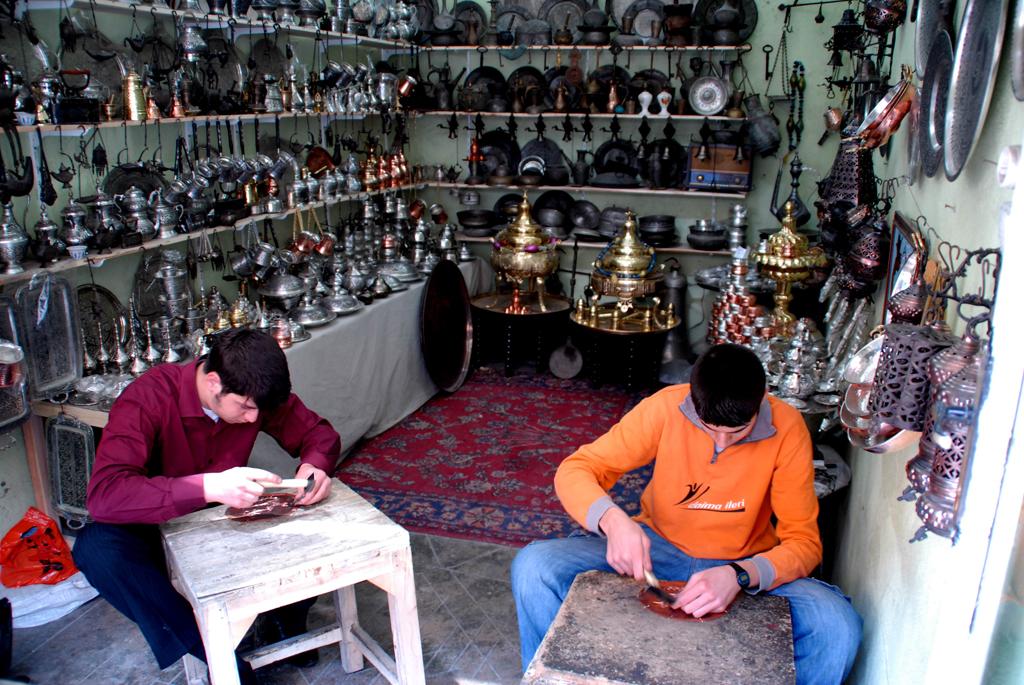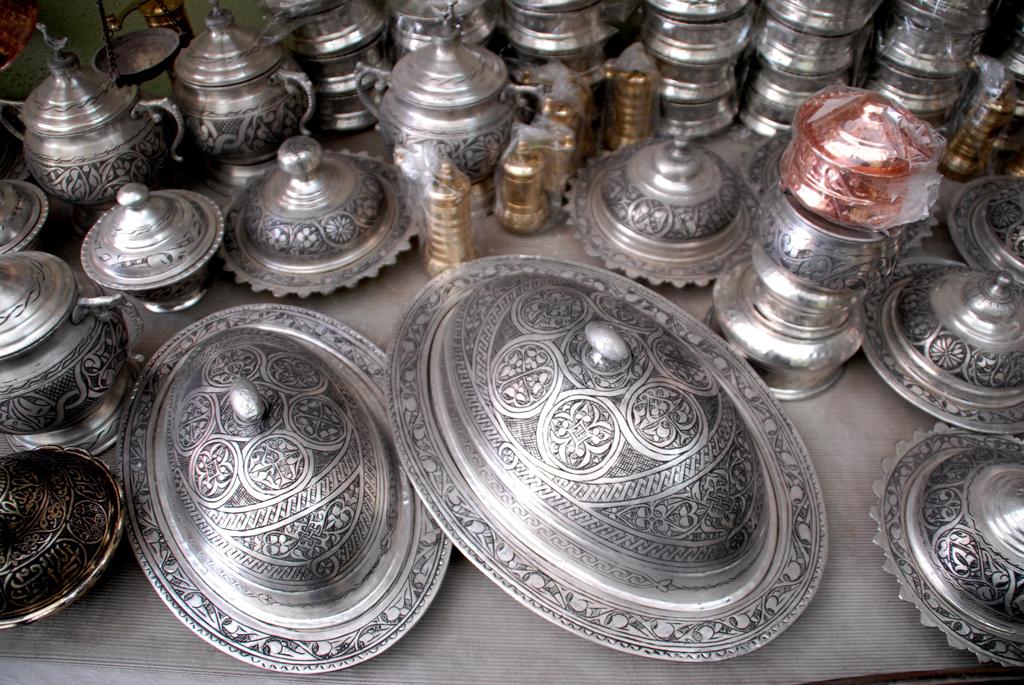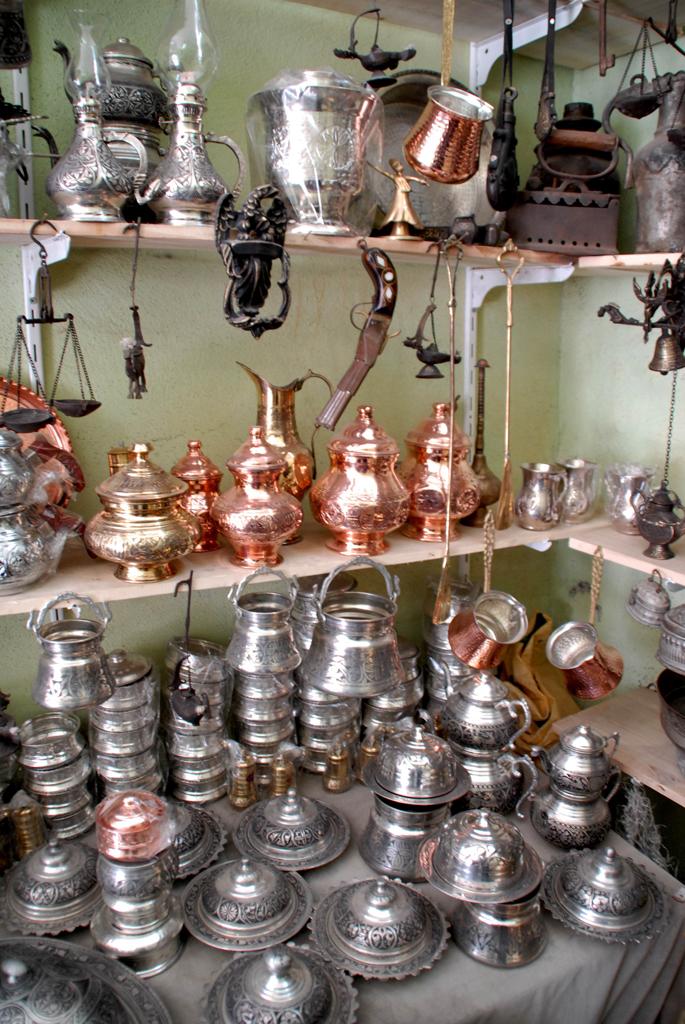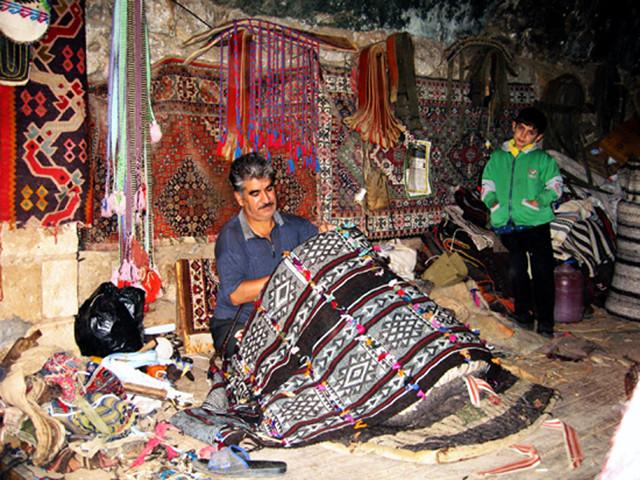Region: Transcontinental country,
located mostly on Anatolia in Western Asia
and on East Thrace in Southeastern Europe.
Area Total: 783,562 km2
Coast Line: Black Sea, The Sea of Marmara, Aegean Sea, Mediterranean Sea
Coast Line: Black Sea, The Sea of Marmara, Aegean Sea, Mediterranean Sea
Capital: ANKARA
Atatürk Monument, Amasya
Saraydüzü Casern where Amasya Circular was prepared and telegraphed across Turkey.
Amasya Circular (Turkish: Amasya Genelgesi or Amasya Tamimi) was a joint circular issued on 22 June 1919 in Amasya by Mustafa Kemal (Atatürk)
This circular is considered as the first written document putting the Turkish War of Independence in motion.
The circular, distributed across Anatolia, declared Turkey's independence and integrity to be in danger and called for a national conference to be held in Sivas (Sivas Congress) and before that, for a preparatory congress comprising representatives from the eastern provinces of Anatolia to be held in Erzurum in July (Erzurum Congress).
This circular is considered as the first written document putting the Turkish War of Independence in motion.
The circular, distributed across Anatolia, declared Turkey's independence and integrity to be in danger and called for a national conference to be held in Sivas (Sivas Congress) and before that, for a preparatory congress comprising representatives from the eastern provinces of Anatolia to be held in Erzurum in July (Erzurum Congress).
Saraydüzü Casern
Bimarhane, Amasya
It was built in 1309 as a mental hospital where people healed with music.
Bimarhane, Amasya
Sultan II Beyazid Mosque
This mosque, a 15th century work of art was dedicated to the Ottoman Sultan Bayezid the Second.
Soup Kitchen
It is a place where food had been handed out to the poors for over 500 years.
Büyük Ağa Madrasah
was built in Ottoman period in 1488
Gök madrasah and mosque
The complex dates from the 13th century and was built for a Seljuk governor Seyfettin Torumtay. It was a Koran school that also did service as a mosque.
Burmalı Minare Camii
(Spiral Minaret Mosque), built between 1237-1247 by the Seljuks..














